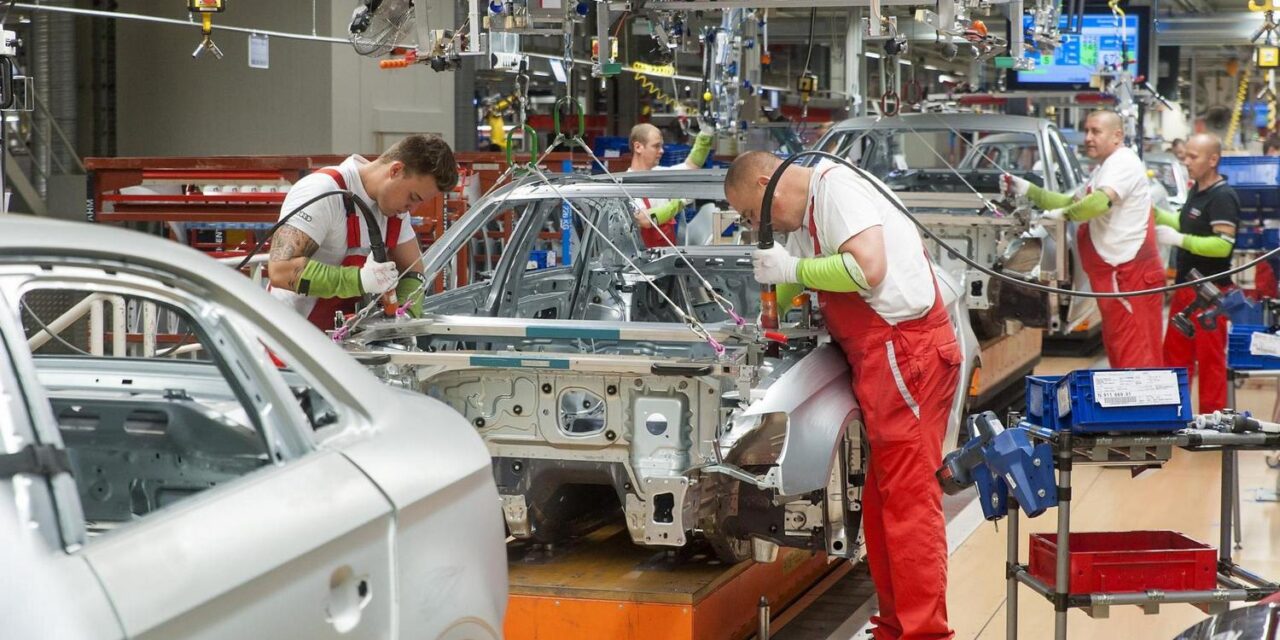According to the IMF, Hungary has made great progress in reducing the income gap within the EU. At the same time, differences in income within the country persisted, which could deepen further if the green and digital transition does not receive targeted support.
The progress in Hungary in catching up with the EU average is huge. At the same time, the country may face challenges in terms of economic inequalities due to the ongoing green and digital transition. According to the IMF report, political reforms are urgently needed. The ongoing discussions on the cohesion reform focus on the same areas - it can be read on the Euractiv.com website, which Világgazdaság .
In the past two decades, the country's per capita income has risen continuously, from 66 percent of the EU average in 2010 to 76 percent by 2022.
This development is largely due to the fact that
Hungary has integrated into global value chains, especially in the automotive industry, and the growth of foreign direct investments, especially in the field of electric vehicles and battery production.
However, according to the International Monetary Fund (IMF).
this development has resulted in persistent and significant regional income inequalities.
Despite general economic growth, regional income differences remain a significant challenge in Hungary.
Budapest performed better than the rest of the country
The least developed regions in the South and North experience low and stagnant growth, with these lagging regions underperforming the national average in several areas, including education, digitalisation, infrastructure and health outcomes.
While regions with high initial productivity and labor force participation rates developed faster, regions with lower initial conditions lagged behind. This is clearly visible in regions such as Pest and Győr-Moson-Sopron, which grew faster despite their higher GDP per capita, while the relatively poorer southern (e.g. Somogy, Tolna, Bács-Kiskun) and northern (e.g. Heves , Borsod-Abaúj-Zemplén, Jász-Nagykun-Szolnok) areas were left behind.
Budapest leads both in terms of economic development and the proportion of green jobs: the GDP per capita is about 5 percent of the EU-27 average, and the proportion of green jobs is about 3 percent.
This is followed by Western Transdanubia with a GDP of around 4.6 percent and a share of green jobs of around 2.2 percent. On the other hand, in regions such as the Northern Great Plain and Southern Transdanubia, where the GDP per capita is well below the EU average, the proportion of green jobs is much lower, around 0.7-0.8 percent.
Is there a solution?
The IMF suggests that targeted policy interventions are needed to more evenly distribute the benefits of economic growth and the digital and green transition. This includes investing in digital infrastructure and education in lagging regions, as well as encouraging green private investment. Good governance, including anti-corruption efforts and the quality of public institutions, can increase the dynamism and growth of regional economies.
The European Commission's Cohesion Report published in the spring reached similar conclusions, and the Ministry of Public Administration and Regional Development would introduce more targeted support structures to deal with regional inequalities.
Cover image: MTI













